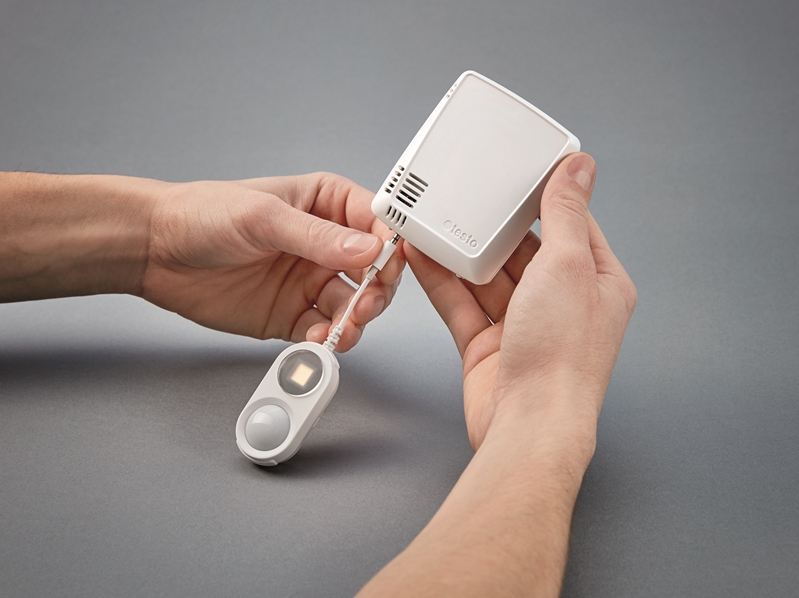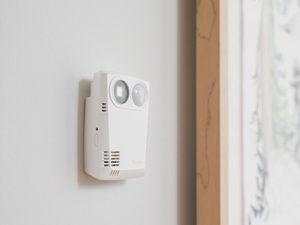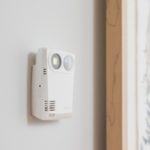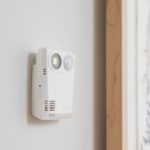Whether it be incunables – books printed before 1501 – or first editions of rare publications, the digital revolution will never derail the need for archives.
The preservation of manuals, novels and other works of storied authors is no easy task. Galleries face the same issue as art museums: Ensuring a stable environment that won't contribute to the rapid deterioration of the materials. Given the variance in life expectancy derived from fluctuations in relative humidity (RH) and temperature, Wi-Fi data loggers such as the testo 160 series have become essential.
Identify the danger
Paintings are commonly on display, exposing them to physical and chemical damage through theft or UV radiation. Archived material on the other hand is normally kept in cabinets, rendering those threats much less of a vulnerability. Instead, unmonitored RH and temperature conditions can wreak havoc and speed up the disintegration process.

It's recommended the following types of records are kept at a constant temperature of 20°C and 50 per cent RH, according to the Canadian Conservation Institute (CCI):
- High chemical stability (300 to 1,000 year lifetime): Parchment, wood, alkaline paper, black and white photographs.
- Medium chemical stability (100 to 300 years): Mildly acidic papers, black and white photographs printed on acetrate and nitrate.
- Low chemical stability (30 to 100 years): Strongly acidic paper like newsprint, most colour photographs, magnetic media.
Monitor the solution
Extending the longevity of the aforementioned types of materials relies on combining carefully controlled cooler temperatures while still maintaining perfect RH. Low chemical stability objects have low life expectancy, but at stored at a controlled temperature of 20°C and 50 per cent RH, it can be extended to 600 to 2,000 years, CCI reported.

Constantly monitoring the humidity and temperature in archives can be an arduous, labour intensive task. Or, as is the overarching trend in this day and age, archive directors can automate the task. The testo 160 Wi-Fi data logger series was created to proactively collect information about gallery and museum environments. The data is transferred through the cloud every 15 minutes, and can provide real-time updates when temperature, RH, lux and UV radiation thresholds have been crossed.
All of this allows personnel to quickly respond to any changes in the setting, and ultimately extend the lifetime of the works they're trying to protect. Its inconspicuous design – made possible through its decorative cover – masks just how powerful of a tool, and valuable of an asset, it can be. Contact a Testo representative today for more information.









 Reduce cooking oil costs while ensuring quality
Reduce cooking oil costs while ensuring quality Expert knowledge on CO2 monitoring
Expert knowledge on CO2 monitoring Refrigeration knowledge - in 3 modules
Refrigeration knowledge - in 3 modules



